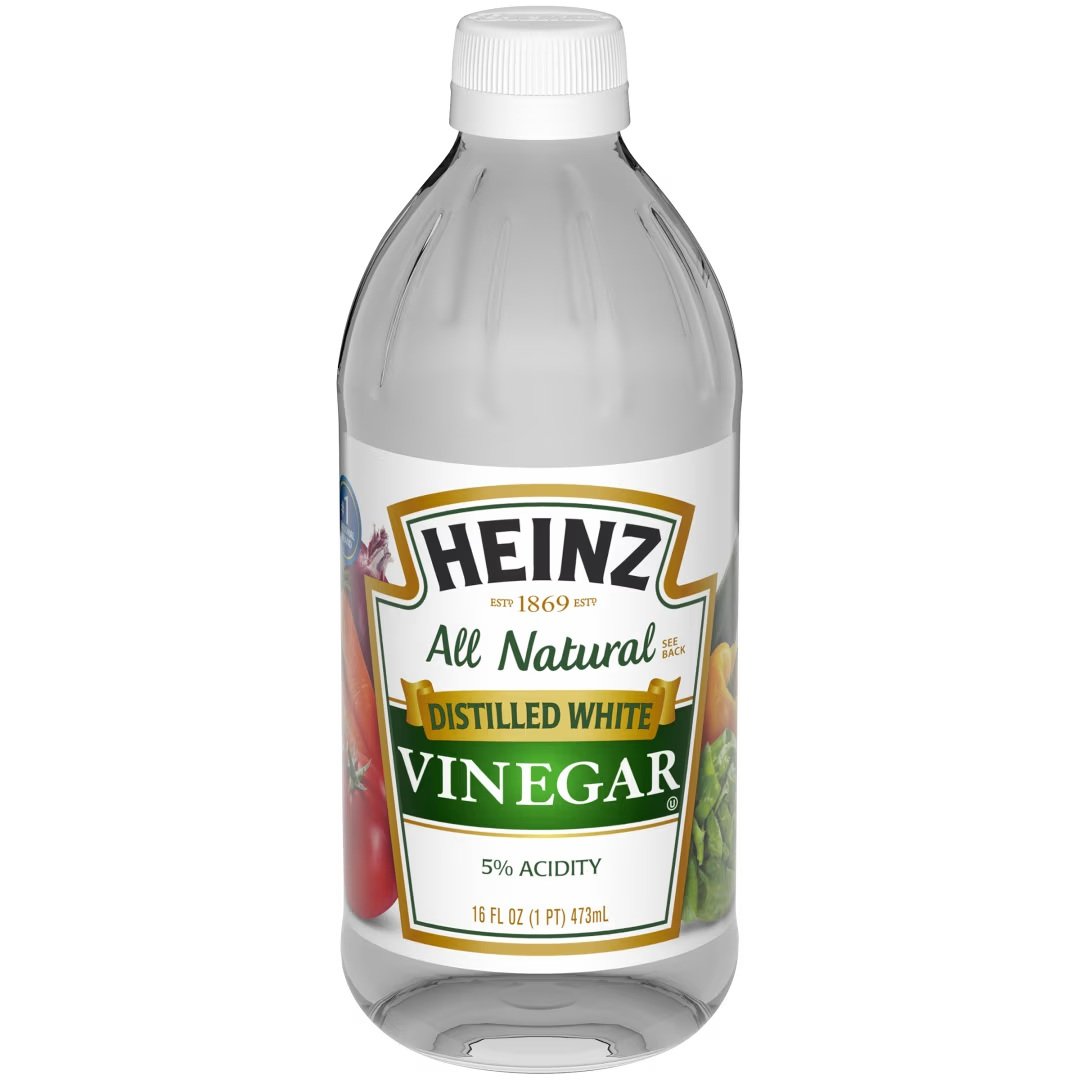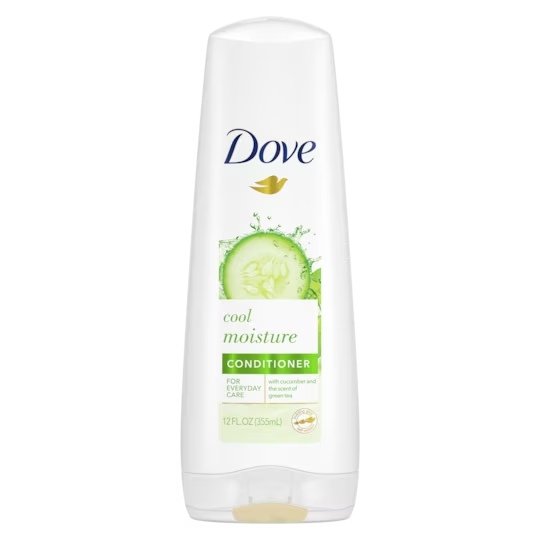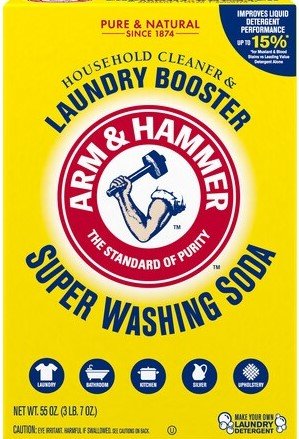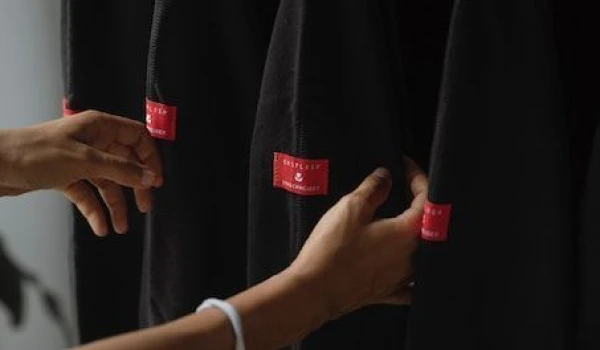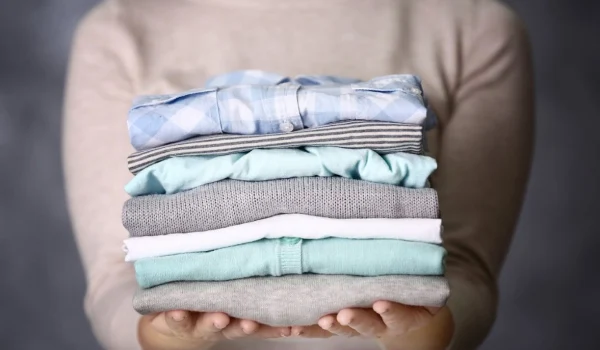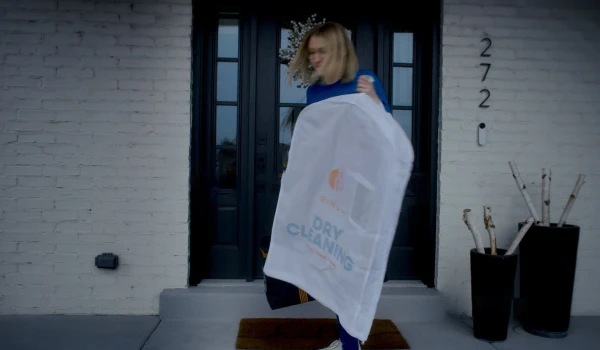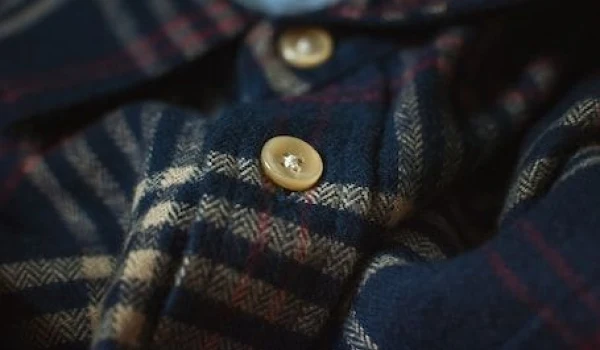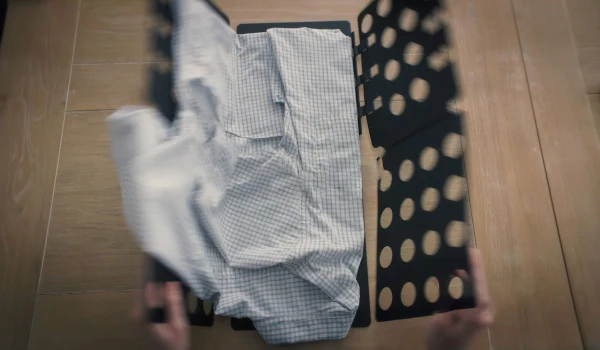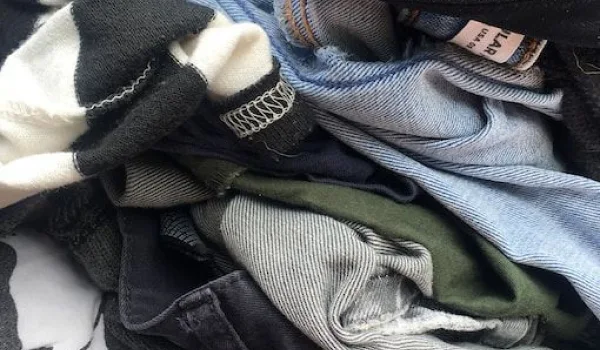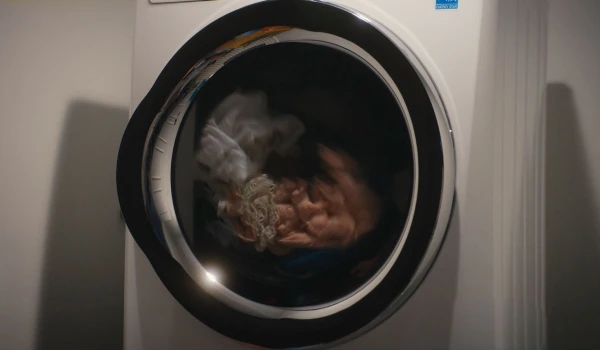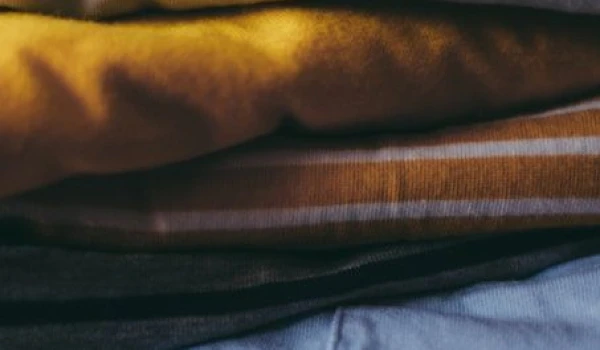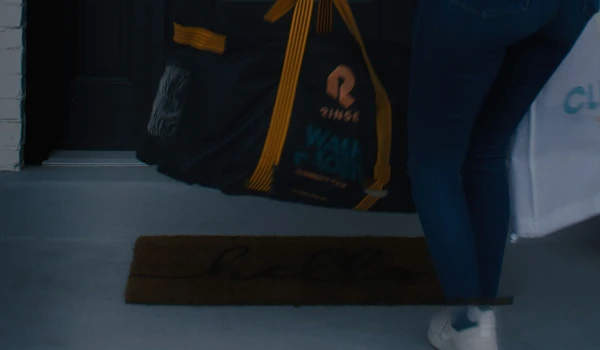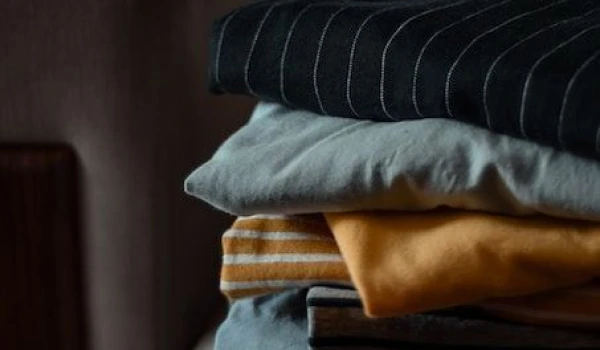Care
Clothing care tips to make your wardrobe last

As hard as it might be to admit, the summer months are behind us. It's officially time to pull those practical fall layers out of storage and start adding them to your weekly wardrobe. Whether fall in your zip code calls for a blazer or a heavy-duty down jacket, it’s important to consider how you’re going to care for these seasonal outerwear pieces.
Winter Coat Basics
Before we get into tips and tricks on how to wash your favorite winter jackets, let's spend some time going over some factors to consider before washing.
The first thing you need to check is the material composition of your jacket. Some fabrics can be washed in the washing machine, others can be taken to the dry cleaner, and some delicate ones should only be hand-washed. Fortunately, your jacket will come with a care label that will not only tell you the materials you're working with but also how to clean it.
Note that natural fur should never be washed with traditional laundry detergent in a washing machine – always take that jacket for a dry clean. Similarly, materials like suede should never be exposed to water, while wool requires specialized / gentle detergent.
If your jacket is washing machine-safe, check for stains and spills before running the cycle. It is best practice to pretreat them with a stain remover or by hand washing the area to ensure the best results.
Lastly, consider how big your coat is relative to the size of the washing machine. You want to make sure your jacket has room for the spin cycle to be effective – you might have to do a load with no other garments if your washer is small or your coat is large.
How to Wash 6 Types of Winter Coats
We are now ready to dive into the care required to clean specific types of winter coats:
Trench and Duster Coats

For an effortless take on an established trend, you can opt for a relaxed fit in navy. Trench coats are often made out of machine wash-safe fabrics such as cotton, poplin, or polyester. Be sure to remove the lining and wash it separately from the shell. Use the delicate or hand wash cycle, and avoid putting either piece in the dryer – especially if your coat is wool.
You can also prolong the life of your coats by weatherproofing them ahead of time. Some coats come weatherproofed but could stand to be retouched every few years. Weatherproofing comes in two forms: spray on and wash in. Choose the product that makes the most sense, clean your coat beforehand, and test on a small sample area first. When you're putting it away, store the coat on a sturdy hanger – not a hook – and away from sunlight to avoid any color damage.
If your coat is particularly structured or embellished, professional dry cleaning like Rinse (Hint: we offer professional door-to-door Dry Cleaning services) will help ensure the fabric maintains its shape and is handled with care.
Wool Coats and Blazers

A structured wool coat or blazer makes the ideal finishing touch for an autumnal ensemble. Your coat should always be stored on a wooden hanger – not metal, which can leave a rust stain – in a breathable space to maintain the fabric's integrity and texture. If it's looking a little dull after a stint in your closet, smooth out any wrinkles with a steamer. A handy lint roller will take care of any stray particles so your coat looks fresh.
It might seem like a high-maintenance piece, but a trusted dry cleaner can streamline the cleaning process by removing any persistent stains and helping the coat or blazer keep its original shape. The sooner you act, the better the results. To prevent any damage from moths or insects attracted to undetectable odors, send the coat or blazer for professional cleaning at the start and end of each season.
Down Jackets and Parkas
The pièce-de-résistance of your cold weather arsenal is the down jacket or parka. Most parkas are designed with the consumer in mind. For instance, detachable linings or fur hoods are meant to be removed before washing. Keep your jacket out of a top-loading washer since the agitator can damage the material; instead, your down jacket or parka should be washed in a front-loading machine using a permanent press cycle.
For best results, use a minimal amount of gentle laundry soap when washing your down jacket as residual suds can change the shape of the pieces. Be patient in the drying process: high heat will damage the material, though low heat may require several rounds for your jacket to fully dry. To prevent any clusters of feathers in the drying process, throw a few tennis balls in the dryer.
Avoid leaving your down jacket in its compression sack for an extended period as this will result in the feathers clumping together. An easy storage hack is to keep it inside a clean pillowcase: this saves space in your closet while maintaining the jacket's shape and texture with a little breathing room.
Leather Coats and Jackets
Who doesn't love a nice leather jacket to keep you both warm and looking stylish? Whether your jacket is made from cowhide or other animals, it will require some special care to ensure its longevity. The safest option is to take your jacket to dry clean. However, if you want to clean it at home (and if the label permits), you can start by removing stains – a damp cloth will usually suffice. Next comes the colorfastness test. Dampen a white cloth with water and place it in the interior of the leather. If any color or pigment transfers to the cloth, that is a sign that the dye is not stable on the leather and you should NOT wash it at home.
If it does pass the test, ensure that all pockets are empty and turn them inside out. Next, fill a sink or tub with lukewarm water and add a bit of gentle liquid detergent for hand washing. Now submerge the jacket in the water (ensure that the soap reaches through the lining) for about 10 minutes.
After this, remove the jacket from the soap and refill the tub with clean water to rinse out your jacket until all stains and detergent are washed away. Lastly, hang dry your coat inside out on a padded or wooden hanger (but without exposure to sunlight or heat). Note it may take a few days to fully dry.
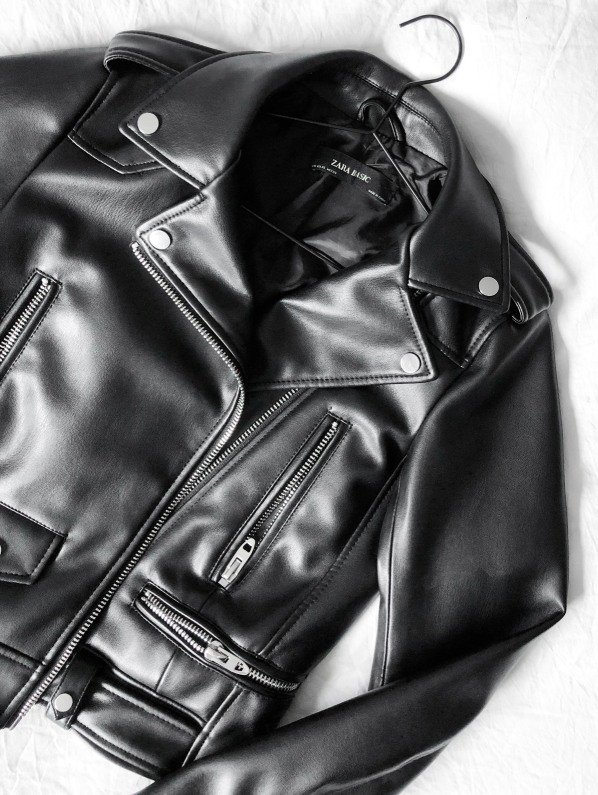
Vinyl Coats
Vinyl and faux leather allow you to look great while also giving you a break when it comes to cleaning. Since they are synthetic fabrics, they are usually fine to clean in a washing machine. Of course, check the label, but a wash on a permanent press cycle with regular laundry detergent will leave your coat nice and clean. However, when it comes to drying, skip the dryer and opt to air dry to avoid the risk of fabric melting.

Suede Coats and Jackets
Suede is a type of leather made from the underside of animals such as lamb, goat, or deer. While coats and jackets of this material are visually appealing, they stain quite easily. Again, read the care label, but you will likely find your favorite suede coat at the dry cleaners when it gets dirty as the material does not do well with water.
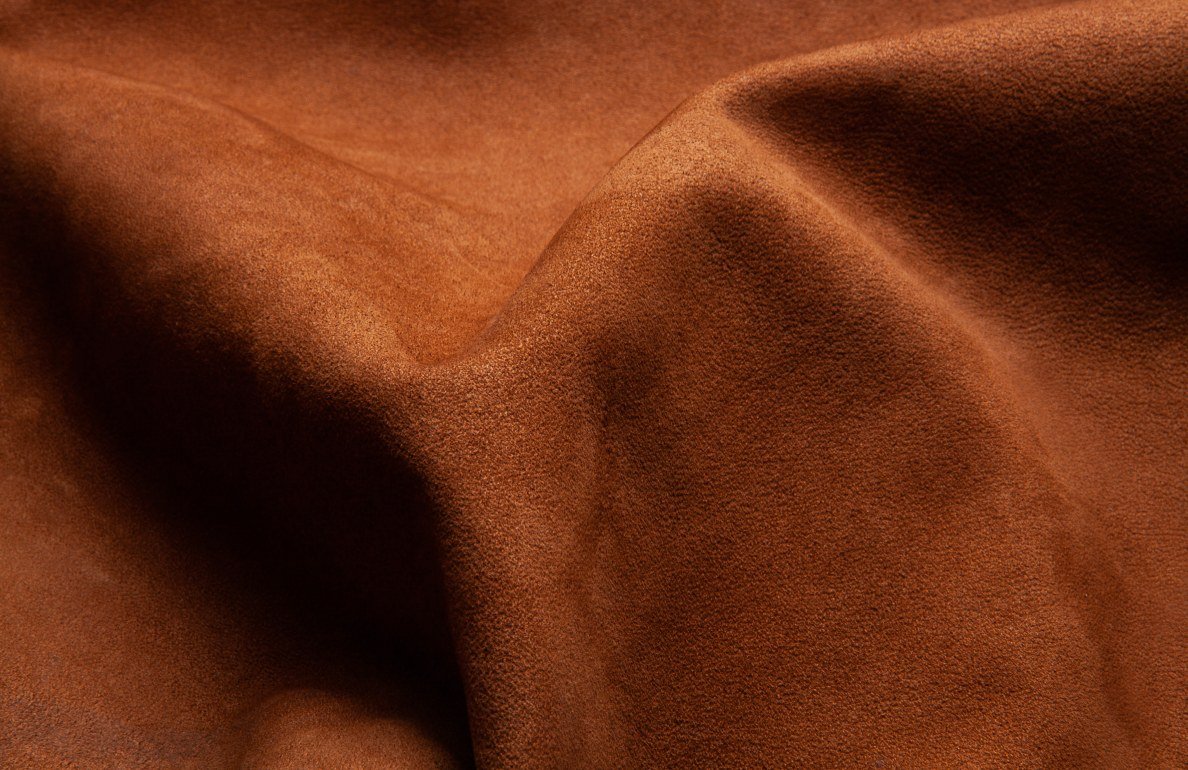
Washing Winter Coats: 5 Useful Tips
Here are some general tips that you should always check off when cleaning your coat:
-
The garment's care label instructions are key
-
Don't forget to empty all pockets
-
Fix loose or ripped seams before cleaning
-
Fasten all buttons and zippers to prevent them from slipping off
-
Use durable wooden hangers after washing
Dry Cleaning With Rinse
Taking care of your outerwear will help you maintain the right layers for cooler weather. With our care guide, you'll be well-dressed for this season – and the next.
Now that we know not all winter coats can be washed at home, why not consider a professional dry cleaning service to ensure yours is taken care of by experts? Rinse can do just that for you as we have years of experience cleaning all types of garments, using sustainable techniques too.
We pick up and deliver your clothes from and to your front door, allowing you to save time and be at ease knowing your winter coat will be in pristine condition and ready for whatever the season throws your way.
Contact us at Rinse today to see our skill in action.

This article takes you into the world of eco-friendly laundry care with a focus on creating your own homemade fabric softener. It will introduce you to the idea of crafting fabric softeners, exploring the simplicity and benefits of this DIY approach. It will also provide you with easy, step-by-step methods for achieving this project from the comfort of your home.
Introduction
Are you tired of the chemical-laden fabric softeners on the market? Want a more eco-friendly and natural solution for your laundry? It's time to explore the world of homemade fabric softeners. In this article, we'll delve into the art of creating your very own fabric softener at home, giving your clothes that soft, luxurious feel without the use of harsh chemicals or synthetic fragrances.
Commercial fabric softeners often contain a cocktail of chemicals and artificial fragrances that can irritate sensitive skin and harm the environment. Similarly, disposable dryer sheets contribute to waste. Homemade fabric softeners, on the other hand, are a sustainable alternative that offers various benefits, such as:
-
Natural Ingredients: Homemade fabric softeners use natural ingredients, reducing your exposure to chemicals.
-
Cost-Effective: Making your own softener is budget-friendly, saving you money in the long run.
-
Custom Fragrance: You can choose your favorite essential oils to create a signature scent for your laundry.
-
Eco-Friendly: By avoiding disposable sheets and commercial products, you reduce waste and your carbon footprint.
There are different recipes you can follow to make your homemade fabric softener, but the most common ingredients you'll need are:
-
White Vinegar: A natural softening agent that helps eliminate residue.
-
Hair Conditioner: Adds a touch of fragrance and softness to your clothes.
-
Essential Oils: For a delightful, personalized scent.
In the upcoming sections, we will explore various recipes and methods for crafting your homemade fabric softener. Whether you prefer liquid softeners, dryer sheets, or other creative solutions, we've got you covered. Let's get started on your journey to softer, fresher laundry with homemade fabric softener!
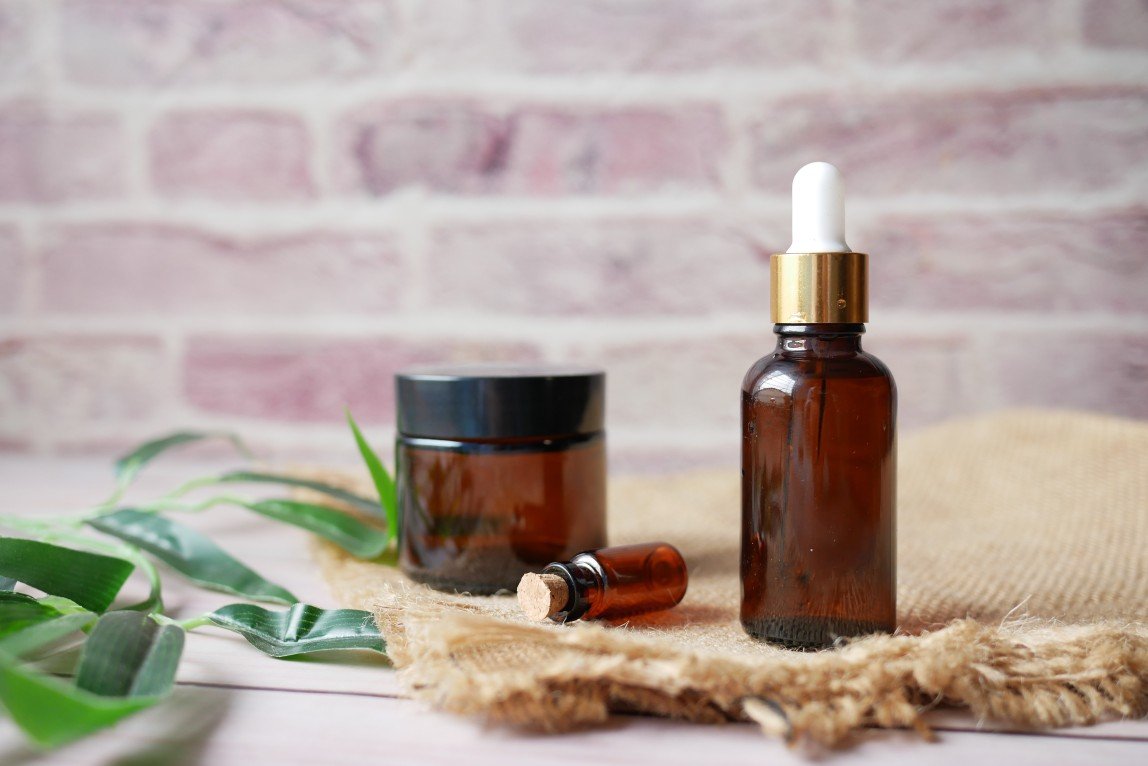
6 Easy Ways to Make Fabric Softener at Home
Here are 6 DIY fabric softener solutions you can try, along with the equipment required and instructions to follow.
1. White Vinegar
White vinegar is a versatile household item that can do wonders for your laundry. It not only softens your clothes but also helps to eliminate stubborn odors and stains. Here's how to use it:
Equipment / Tools Needed:
- Measuring cup
- Liquid dispenser or fabric softener compartment in the washing machine
Instructions:
a. Measure: Start by measuring one cup of white vinegar.
b. Dilute: Add two cups of water to the measured vinegar to dilute it.
c. Mix: Thoroughly mix the solution to ensure the vinegar and water are well combined.
d. Transfer: Pour the mixture into a liquid dispenser or use the fabric softener compartment in your washing machine.
e. Application: If you're not using the compartment in your washer, add the mixture from the liquid dispenser to your clothes during the rinse cycle. The vinegar also helps to remove detergent residue and prevent static cling.
2. Hair Conditioner
Believe it or not, your hair conditioner can double as an effective fabric softener. It leaves your clothes feeling soft and smelling fresh. Here's how to use it:
Equipment / Tools Needed:
- Measuring cup
- A sealable jar or container
Instructions:
a. Measure Conditioner: Begin by measuring one cup of your preferred hair conditioner.
b. Dilution: Dilute the conditioner by adding three cups of water to the measured amount.
c. Mix: Thoroughly mix the conditioner and water until they are well blended.
d. Storage: Store the resulting homemade fabric softener in a sealable jar or container.
e. Usage: For each laundry load, use approximately 1/4 to 1/2 a cup of the homemade fabric softener during the rinse cycle. Your clothes will come out luxuriously soft and pleasantly scented.
3. Wool Dry Balls
Wool dryer balls are not only eco-friendly but also incredibly effective at softening your laundry and reducing drying time. Here's how to use them:
Equipment / Tools Needed:
- Wool dryer balls (3-6, depending on load size)
- Essential oils (optional)
Instructions:
a. Select Wool Balls: Choose three to six wool dryer balls, depending on the size of your laundry load.
b. Essential Oils (Optional): If you prefer a scented fabric softener, add a few drops of your favorite essential oil to each dryer ball.
c. Toss and Dry: Place the wool dryer balls (with or without essential oils) in your dryer along with the wet laundry.
d. Start the Dryer: Run the dryer as you typically would. The wool dryer balls will naturally soften the clothes and help reduce drying time.
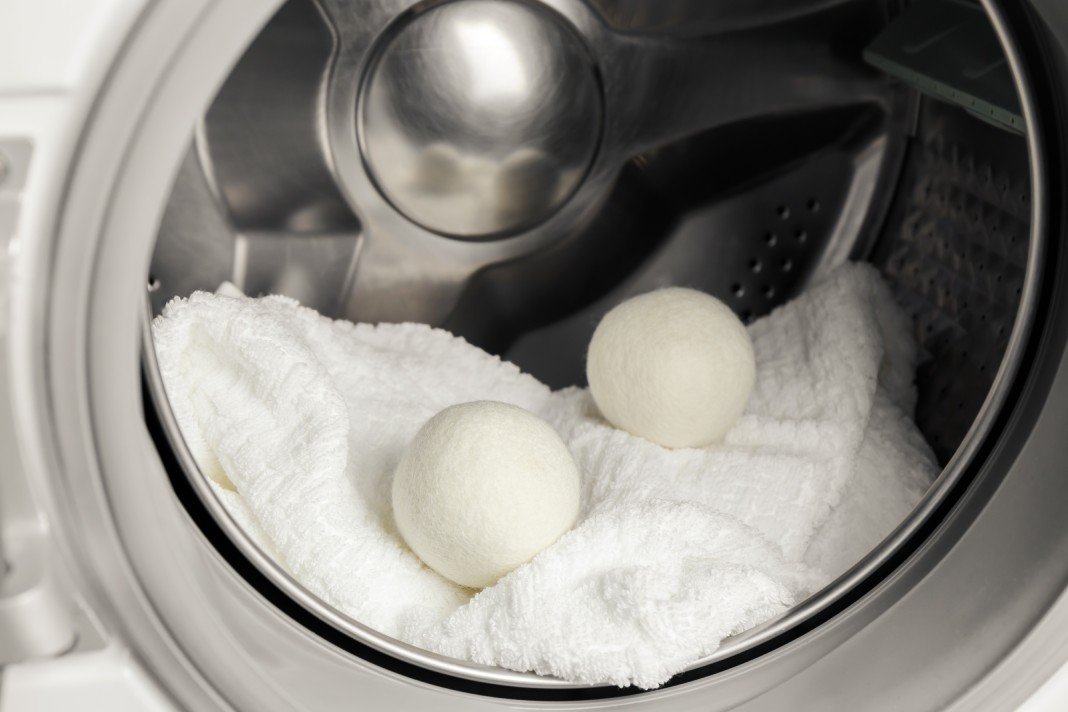
4. Dryer Sheets
Dryer sheets are a popular choice for achieving soft and static-free laundry. They are readily available in stores, but you can also make your own eco-friendly versions at home.
Equipment / Tools Needed:
- Old, clean cotton fabric or cloth scraps
- Essential oil (optional)
- A sealable jar or container
Instructions:
a. Fabric Selection: Begin by cutting old, clean cotton fabric or cloth scraps into squares or rectangles, approximately 4x4 inches in size.
b. Optional Scent: If you prefer a scented fabric softener, add a few drops of your favorite essential oil to each fabric square. Lavender, for example, can provide a pleasant fragrance.
c. Storage: Store the scented fabric squares in a sealable jar or container.
d. Usage: When it's time to do your laundry, toss one or two of these DIY dryer sheets into the dryer along with your wet clothes. They will help reduce static cling and soften your laundry while releasing a subtle, natural fragrance.
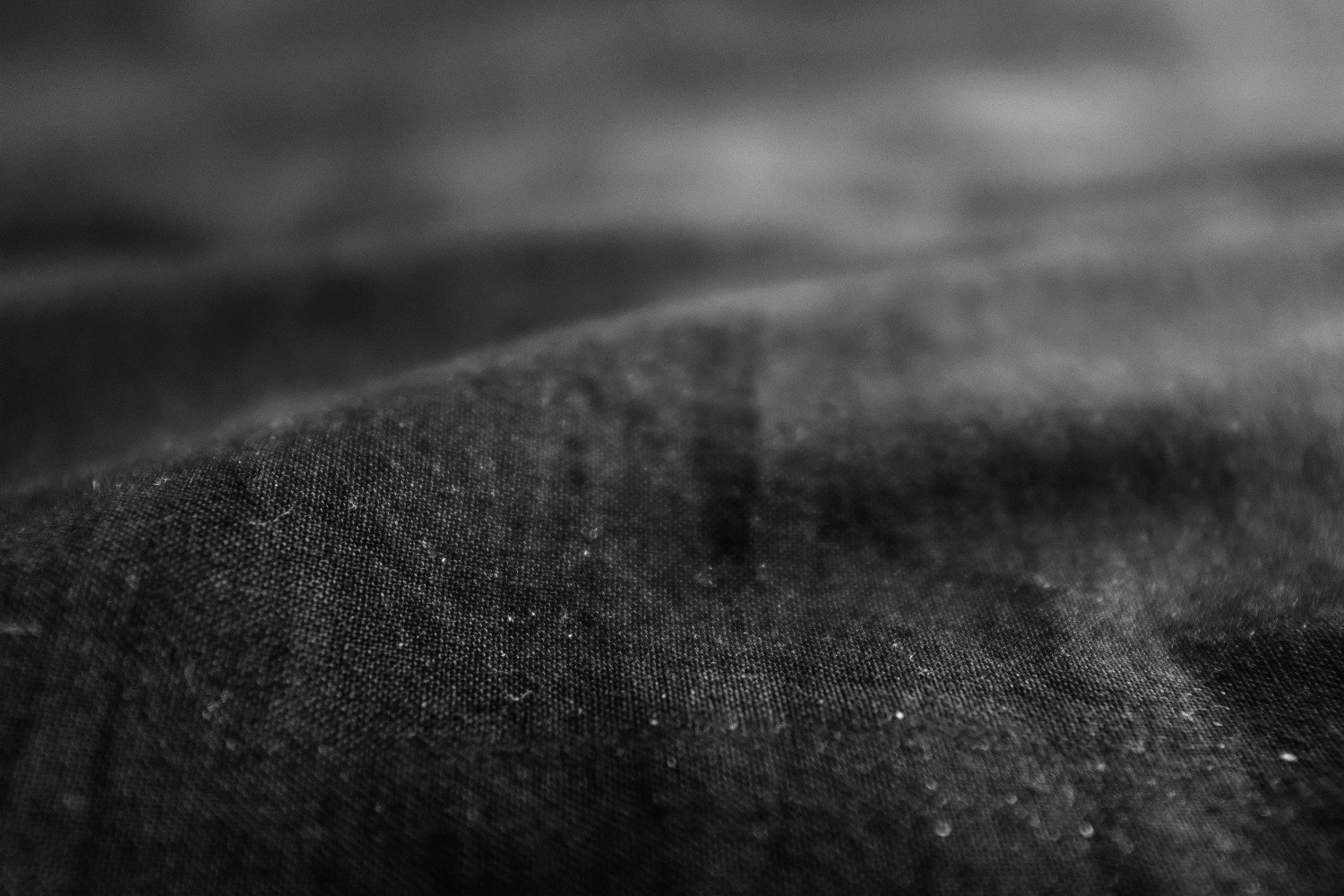
5. Epsom Salt
Epsom salt, typically known for its use in relaxing baths, can also work wonders as a fabric softener.
Equipment / Tools Needed:
- Epsom salt
- A sealable jar or container
Instructions:
a. Measure: Start by measuring one cup of Epsom salt.
b. Storage: Transfer the Epsom salt into a sealable jar or container.
c. Usage: For each laundry load, add about 1/4 to 1/2 cup of Epsom salt to your washing machine's fabric softener dispenser. The Epsom salt will dissolve during the wash cycle and effectively soften your clothes, reducing stiffness and static.
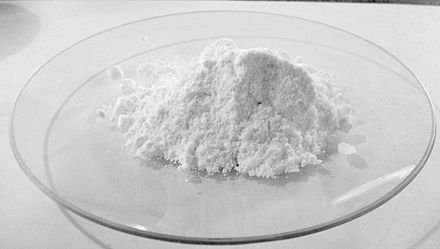
6. Washing Soda
Washing soda, also known as sodium carbonate or soda ash, is a powerful cleaning agent that can double as a fabric softener.
Equipment / Tools Needed:
- Washing soda
- A sealable jar or container
Instructions:
a. Measure: Measure one cup of washing soda.
b. Storage: Store the washing soda in a sealable jar or container.
c. Usage: Add 1/4 to 1/2 cup of washing soda to your laundry load along with your regular laundry detergent. The washing soda will not only help clean your clothes but also soften them, reducing the need for a separate fabric softener.
Greenify Your Laundry Care with Rinse
When it comes to eco-friendly laundry care, Rinse is your trusted partner. With a deep commitment to sustainable cleaning practices and natural products, Rinse provides a simple yet effective solution for your laundry and dry cleaning needs.
Our dedication to green laundry care means we understand the importance of using gentle ingredients on your clothes, your skin, and the environment. We steer clear of harsh chemicals – our dry cleaning is 100% perc free – and we use modern and energy-efficient equipment.
When you choose Rinse, you're not only getting soft, fresh laundry but also contributing to a greener, more sustainable future. Join us in our mission to make laundry day a little gentler on the planet, one load at a time. Experience the convenience of Rinse's pickup and delivery laundry services today.
Contact us at Rinse today to see our skill in action.
Image Sources: The Kraft Heinz Company, Unilever plc, Church & Dwight Co., Inc.

Understand the Eco Warm feature on washers and why it's a valuable tool for eco-conscious laundry care. This article will take readers on a journey to explore how this feature works, its benefits, and its impact on stain removal, energy conservation, and cost savings.
Introduction
Anyone who first starts doing laundry thinks it's as simple as throwing clothes in the washer, adding a liquid laundry detergent, pressing a button, and waiting for the cycle to finish. But there's more to the process, especially with the introduction of features like eco warm.
With this feature, we can make our laundry more environment-friendly and energy-efficient. Washing clothes in this setting not only lowers your utility bills but also reduces your carbon footprint.
How does it do that? Let's find out.

How Does Eco Warm Work?
To understand how eco warm differs from the regular mode on your washing machine, you need to know about the two types of energy that are used in washing clothes: thermal energy and mechanical energy.
The thermal energy comes from heating the water, while mechanical energy is used to agitate and spin the clothes. In regular mode, both of these energies are used together to clean your laundry effectively.
In simple words, you use hot water and vigorous movements for washing clothes. The warm water helps in removing dirt and grime from fabric, while the mechanical energy of the machine breaks up tough stains.
In the eco warm setting, the washing machine uses a lower water temperature but gives the same cleaning results – your washer doesn't rely on hot water's thermal energy to remove stains.
Instead, it couples the detergent's composition with cool water and extended wash cycles to achieve the same results. Washing machines with the eco warm setting are equipped with special sensors that monitor how soiled your clothes are. They then tweak the water temperature and wash cycle accordingly.
By doing this, the washer optimizes its use of water and energy. You can further improve the quality of your wash by using specific (and sustainable) detergent formulations that are designed for cold water washing.
Besides laundry detergent and cold water, these washers often also feature a pre-soak option. This means that your clothes are soaked for a longer time in detergent before the actual wash begins, improving cleaning performance.

6 Benefits of Using Eco Warm Feature
If there's one laundry symbol on your washer you need to familiarize yourself with, it's the eco warm feature. Here's why.
Fabric Preservation
Some clothing materials are more delicate and require gentle treatment. Hot water can cause shrinkage, color fading, and damage to certain fabrics. For instance, if you use warmer water to wash your delicates, you'll notice that they start to lose their softness and sheen over time.
Similarly, you should not use hot water on clothes if the label says "cold water wash only." Lingerie also needs to stay out of warm water if you don't want it shrinking and fading.
These fabrics wash better in cold water and can last longer when you use the eco warm feature.
Energy Conservation
Wondering why there's a spike in your utility bills? The answer could lie in your laundry habits. Hot water washes cost more because the machine needs to heat the water before starting the wash cycle.
In contrast, cold or eco warm settings save energy due to their use of cold water. You can significantly reduce your electricity and gas consumption by washing your clothes in this setting.
Reduced Environmental Impact
Our carbon footprint as a global society has increased over the years. We can counter this effect by making small changes to our daily habits, like using the eco warm feature for our laundry.
When we save on energy, we also reduce greenhouse gas emissions from power plants that produce electricity. Additionally, the eco warm feature uses less water than hot water washes, which helps conserve this valuable resource.
Cost Savings
You're not just saving the environment or reducing your energy use with the eco warm feature. It's also a simple way to lower your energy bills. It might not seem like a lot in the first month, but over time, these savings will surely add up.
Garment Cleanliness
Some people incorrectly assume that cold water washes don't clean clothes effectively. However, with advancements in laundry detergents and technology, this is not the case anymore.
Eco warm settings can clean your clothes just as well as hot water washes while also being gentler on fabrics. Again, your colored clothes won't fade as quickly, and your whites won't turn gray. Trust us.
Color Retention
Let's talk a little more about color retention. You may have noticed that some of your colored clothing fades over time. That's because hot water can cause the dyes in any colored garment to bleed and eventually wash out.
On the other hand, lukewarm or cold water washes help retain the vibrancy of a colored garment. Therefore, if you've got a few dresses that you want to keep looking like new, try switching to the eco warm setting.

Energy & Cost Savings with Eco Warm in Washer
Since cost-savings and energy efficiency are the most attractive advantages of using the eco warm setting in your washer, it's understandable why most people want to know more about them. Let us explain with an example.
Suppose you use the hot water setting for your laundry once a week, and it costs you $10 per load. Why so much? Because heating water requires a lot of energy, and it's an ongoing expense every time you do laundry.
Now, if you switch to the eco warm setting, which typically uses cold water mixed with a small amount of warm water, it cuts your energy use by as much as 50%. That's $5 in savings right there.
Do the math for the whole year, and you'll see how much you save by using the eco warm setting.
If you're a one or two-person household, you might not see significant savings. But for a family with kids, the savings can add up to hundreds of dollars every year.
Another interesting aspect here is stain removal. Remember how we talked about the pre-soak feature earlier? Normally, you'd have to pretreat your stains with hot water and a stain remover before throwing them in the wash.
But when you wash clothes in the eco warm setting, you can skip that step, thanks to the pre-soak feature. It's gentle on fabrics but still strong enough to remove most stains without pre-treatment.

Care for Laundry & the Environment With Rinse
Sometimes, you just don't want to do the laundry yourself. You may have had a tough week at work, or it might be time for spring cleaning, and you can't be bothered to handle the laundry yourself. That's perfectly fine.
Rinse steps in to help you with your laundry needs. Not only do we provide top-notch laundry and dry cleaning services, but we also take care of the environment while doing so.
We've been doing laundry for a long time. We're familiar with advanced washer settings and every new technology that rolls out in this space. Rinse's cleaning partners use up to 50% less water than traditional washers, saving millions of gallons of water annually while keeping your clothes clean.
Plus, our use of high-speed spin cycles means your clothes don't have to spend a lot of time in the dryer. We also use cold water to preserve your clothes' colors and reduce energy usage. Our eco-friendly laundry and dry cleaning practices are just one aspect of our service.
Another is the convenience we provide to our customers. You don't have to bring your clothes to us; we come to you. Schedule a pickup with Rinse, and we'll pick up your clothes from your doorstep and deliver it back to you in no time.
Contact us at Rinse today to see our skill in action.

This article delves into the age-old debate of washing clothes by hand vs. using a washing machine. It aims to provide readers with a comprehensive understanding of the advantages and disadvantages of both methods and to clear common questions and concerns about this topic.
Introduction
Some people will only do laundry with their washing machine, while others prefer to hand wash clothes. Which one is better? It's an age-old debate that continues to this day.
Our verdict is that both methods have their pros and cons. You need to decide when to opt for hand washing clothes over using a washing machine and vice versa, with factors like convenience, fabric type, time, stain stubbornness, and cost being carefully considered.
Below, we discuss when it's suitable to hand wash clothes and when you need to start the washer. Let's get started.
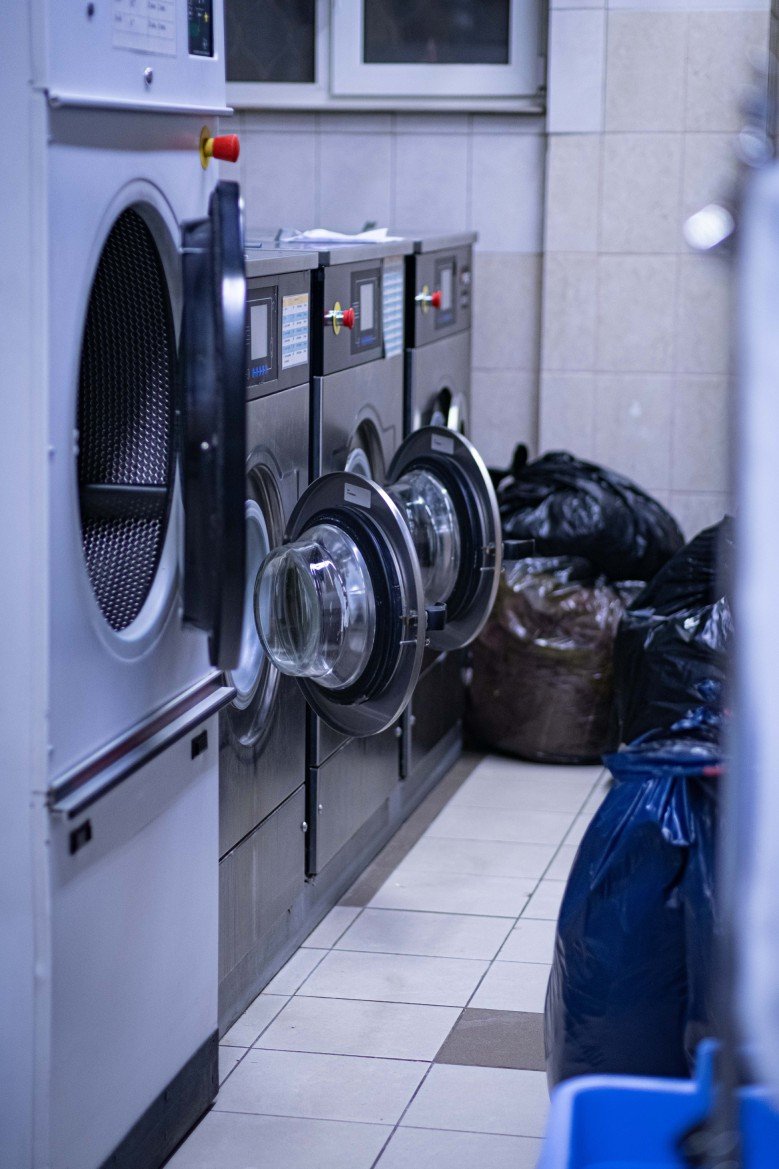
5 Benefits of Hand Washing
There are plenty of benefits of hand washing clothes, ranging from eco-friendliness to pocket-friendliness. Let's discuss them in detail.
Prevents Agitation
Are your sweaters starting to fray at the hem? Maybe your lingerie is losing its color. Your bra may have gotten tangled with your jeans, resulting in worn-out elastic and hooks.
These are all common issues of machine washing that can easily be avoided by hand washing your clothes. You don't have to worry about items getting caught or snagged on other garments, reducing the risk of damage.
When you're hand washing clothes, you're in full control of how much or how little to agitate your garment. You can be gentle and easy with delicate fabrics or give a good scrub to heavily soiled items.
Precise Stain Removal
Sometimes, you just need to get a wine spill out. Instead of throwing the whole garment in the wash, you can quickly spot-clean the spill.
In contrast, the washing machine has no rule that every bit of every garment will get washed evenly. Fortunately, hand washing allows you to focus on specific areas that are prone to stains, like collars, cuffs, hems, and underarms.
Saves Energy
If you're doing a small load with your little one's clothes or just an outfit or two, hand washing is a major energy saver.
Washing machines are designed for larger loads than we might need. It can seem wasteful to run them for a small number of items.
Reduces Detergent Use
Whether you go to a laundromat or wash your clothes at home, you know there's a compartment in the washing machine for detergent. You fill this up, but often, the amount is more than needed.
Over time, you end up using a lot more detergent than necessary. On the contrary, handwashing gives you more control here, reducing detergent use.
Allows Delicate Fabric Care
As mentioned above, delicates like underwear, lingerie, and silk can get ruined in the washing machine. Similarly, your wool or cashmere sweaters need special care.
Hand washing lets you provide care for your delicates. All you need to do is soak the fabric for 15 minutes, apply some laundry detergent to it, and hand wash it in cold water with gentle agitation.
You can also be more gentle with the drying process. Just wring the excess water out and put your delicates on a drying rack.
Alternatively, you can dry clean your expensive clothing items. At Rinse, we offer Green Dry Cleaning, an initiative to provide environmentally friendly dry cleaning services. Our dry cleaning processes do not involve solvents like perchloroethylene, which are known to be carcinogenic.
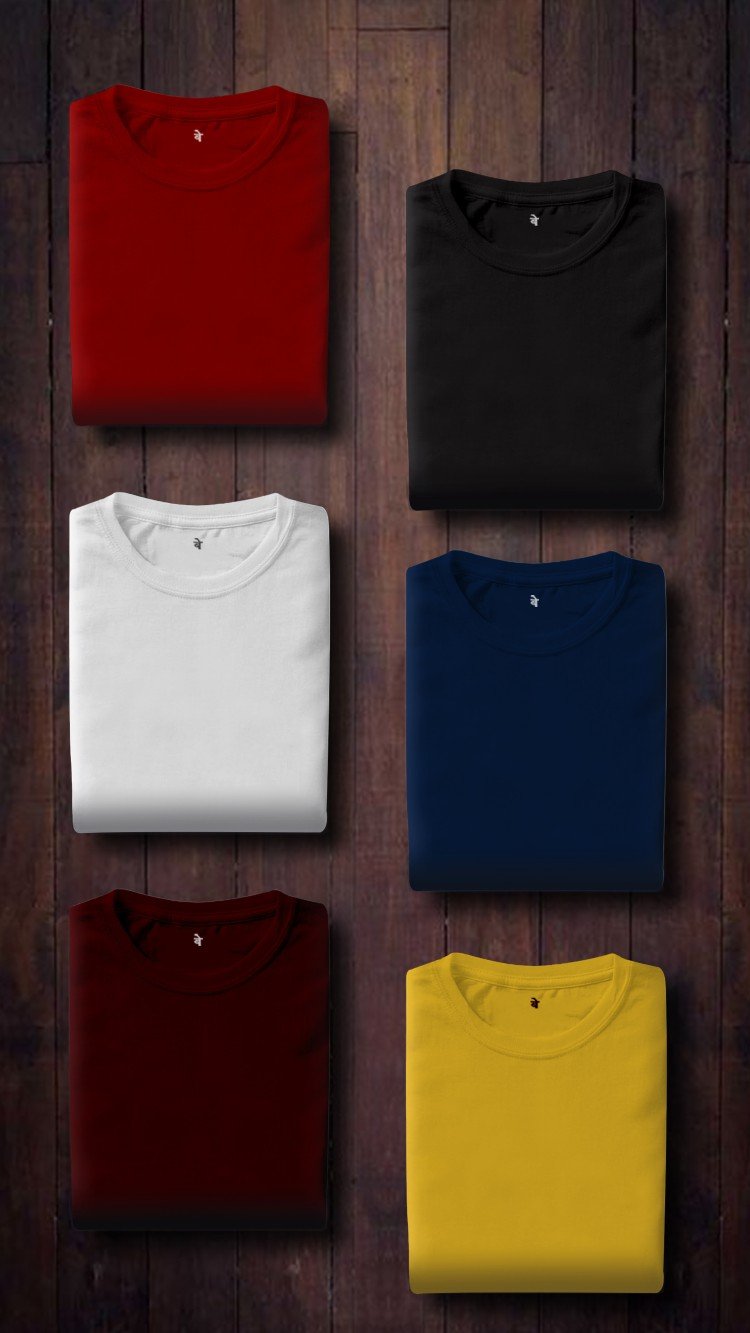
5 Benefits of Machine Washing
Yes, hand washing is a great way to save on energy and care for delicates. But that doesn't mean machine washing doesn't have its benefits.
Saves Time
The reason many of us consider laundry a chore that requires a whole day is because of the time it takes to wash clothes. Now, imagine doing that by hand. You'll need hours to do that.
Instead, a washing machine takes care of your laundry while you do other productive things. Simply put, it saves time.
Has More Capacity
It's just not practical to hand wash large quantities of clothes, especially if you have bedding and towels in the load. A washing machine is better equipped to handle larger loads in one go.
Gives a Thorough Clean
Hand washing may work better for spot-cleaning delicate fabrics, but when it comes to deep cleaning clothes, a machine is more efficient.
Detergents used in machines are also formulated to clean better and remove tough stains. Plus, the agitation and rinsing processes in machines ensure a more thorough cleaning compared to hand washing. You can also add a fabric softener (or make your own) to make your clothes feel extra fresh.
Is More Convenient
There's no denying the convenience of throwing your clothes into a washing machine, setting it on a cycle, and forgetting about it until it's done. Unlike hand washing, where you have to constantly monitor and wash each item individually, machines allow you to multitask or relax while they do the work for you.
Not to mention, many machines come with additional features such as timers and delayed start options. You can adjust everything from the water temperature to the drying cycle based on the fabric or your personal preference.
Also, hand washing is physically demanding and can strain your hands. A washing machine takes away the physical labor. It's also an accessible option for the elderly or people with physical limitations.
Allows for Faster Drying Times
If you hand wash a towel, wring it out, and then put it on a clothesline, it will take hours to dry. However, a washing machine's spin cycle will remove more water than wringing, speeding up the drying process. The same applies to other clothes, too.
Some machines have a built-in dryer. You just have to choose the washing machine settings and take your clothes out when they're clean and dry — no more wetting the floor or carrying heavy baskets of wet clothes.

FAQs
Here are some frequently asked questions about using washing machines compared to hand washing:
Which Method Is Better for the Environment?
Washing your clothes by hand uses less electricity and water compared to a washing machine. So, it's a more eco-friendly way to wash clothes.
What Clothes Need To Be Hand-Washed?
Delicate fabrics like silk, wool, and cashmere require hand washing to prevent damage. It's also recommended to hand wash clothes with intricate details or beading.
Can Washing Machines Ruin Clothes?
It depends on the fabric and how you use the machine. If you don't follow the instructions on the care label, your clothes may shrink, fade, fray, or get damaged. Sometimes, it's not the washing machine but the type of detergent or the water temperature that's the culprit.
Which Method Is More Practical?
Larger families or households with frequent laundry needs may find it more practical to use a washing machine. It saves time and effort, especially when dealing with bulky items. But if you live alone or have a small amount of laundry, hand washing could be a budget-friendly option.
Which Clothes Should Not be Hand-Washed?
It's better to wash heavy and bulky items like blankets, comforters, bedding, and towels in a machine. As for coats, jackets, and suits, you should dry clean them for better results.

Make Rinse Your Laundry Care Partner
Do you struggle with laundry, especially for special-care items? Maybe you end up with too many suds during your loads. Or you don't know which stain remover to use for your suede jacket. Take the guesswork out of the laundry and let Rinse handle it for you.
Our team of experts knows how to care for different fabrics, remove tough stains, and make your clothes as good as new, all while being mindful of the environment. We use cool water and eco-friendly methods to wash your clothes.
The best part? You don't even have to come drop your dirty laundry at our doorstep. We offer pickup and delivery to make your life easier. Just schedule a pickup through our website, and we'll be there. Or, learn more about our other services.
Contact us at Rinse today to see our skill in action.

Learn how to properly use mothballs at home.
Introduction
Clothing care has evolved as trends and technology change how we clean, preserve, and protect our garments. Mothballs have a storied past as a form of insecticide created to keep cloth-eating moths from damaging garments being stored away in drawers at home.
Understanding Mothballs: A Short History
In the early 1800’s, certain chemists began to experiment with purified coal tar and the odiferous properties that characterized this white, waxy, solid substance. By 1821, a chemist named John Kidd standardized the production of this chemical, which we know as naphthalene today. Soon after, the famous scientist Michael Faraday, Godfather of modern electromagnetic theory, identified the molecular formula of naphthalene, which further established its notoriety in the scientific community.
Experimentation with naphthalene continued over the next several decades, and another substance was eventually developed after it was discovered that burning naphthalene generated significantly large flames. It was through this experimentation that a second active ingredient in mothballs came to be known: paradichlorobenzene. This new substance generated a similar vapor as naphthalene, making it an effective pesticide when used in the correct conditions.
Together, these two chemicals represent the active ingredients in mothballs as we know them today, thanks to years of experimentation in the 19th century by several dedicated scientists.
Fast forward to modern times and the reliance on mothballs as a key element of clothing care and preservation has begun to fade, thanks to the proliferation of three luxuries that are easily taken for granted:
- Central heat and air conditioning
- Synthetic garment materials
- Home pest control
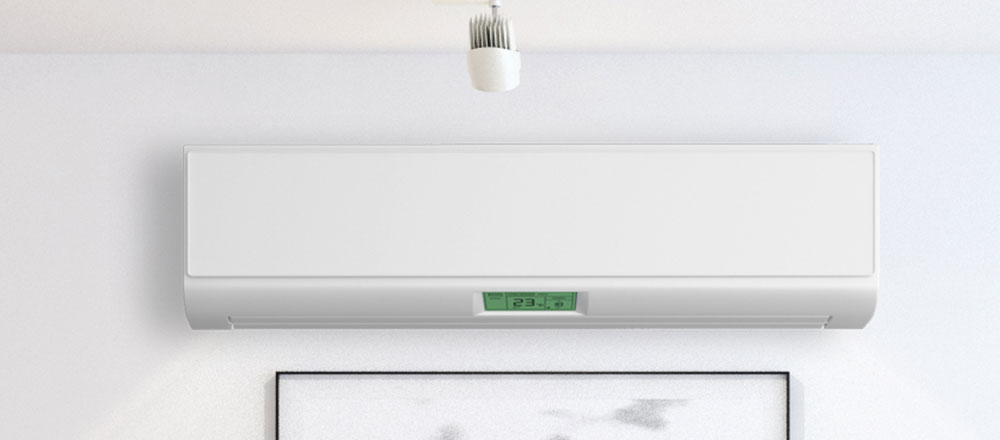
Thanks to central heat and air conditioning, home windows and doors can remain closed, which reduces the likelihood that moths and their cloth-eating larvae will find their way into your closet. But before HVAC systems were common, most households looked to natural airflow to regulate the temperature inside, which brought with it the increased chance that pests would enjoy valuable clothing for lunch.
In addition, as the rise of synthetic materials like nylon, polyethylene, and polyester eclipse the presence of natural fibers like cotton, wool, and silk in the closet, moths are less likely to seek out clothes as a food source. Fortunately for us, moths and their larvae do not eat synthetic materials.
Finally, other methods of home pest control have outpaced the effectiveness of mothballs, which means that moths and other pests are eliminated before they even make it to the places where you store your clothing.
The phasing out of mothballs’ prominence as the last line of defense in your wardrobe may represent the final chapter in the interesting story of this smelly and sublimating substance. As we look back over the history of mothballs, one thing is clear: clothing care matters, and scientists will continue to innovate new ways to preserve and protect our garments.
What Are Mothballs?
If you’ve ever unfolded a sweater at the beginning of fall to find it riddled with holes from hungry moth larvae, it’s not a stretch to understand why mothballs exist.
Moths and carpet beetles love anything made of natural fibers, (think: your favorite wool sweater) because it’s a place to lay their larvae and guarantee their offspring have a hearty first meal. (They also are big fans of pet dander and hair, which is why it’s important to clean your clothes thoroughly before storing them.)
Since it’s near impossible to find and remove larvae from clothes, the most efficient and effective way to make sure your clothes are still in one piece when you unpack them is to add a few mothballs among your garments that are being stored for a month or more. The mothballs emit a poisonous vapor that kills any larvae that may have hitched a ride on your clothing, thereby eliminating the possibility of chewed fabric.
Poison, you say? Sounds risky.
Well, yes – if you’re a moth. There is a right way and a safe way to use mothballs, so read on!
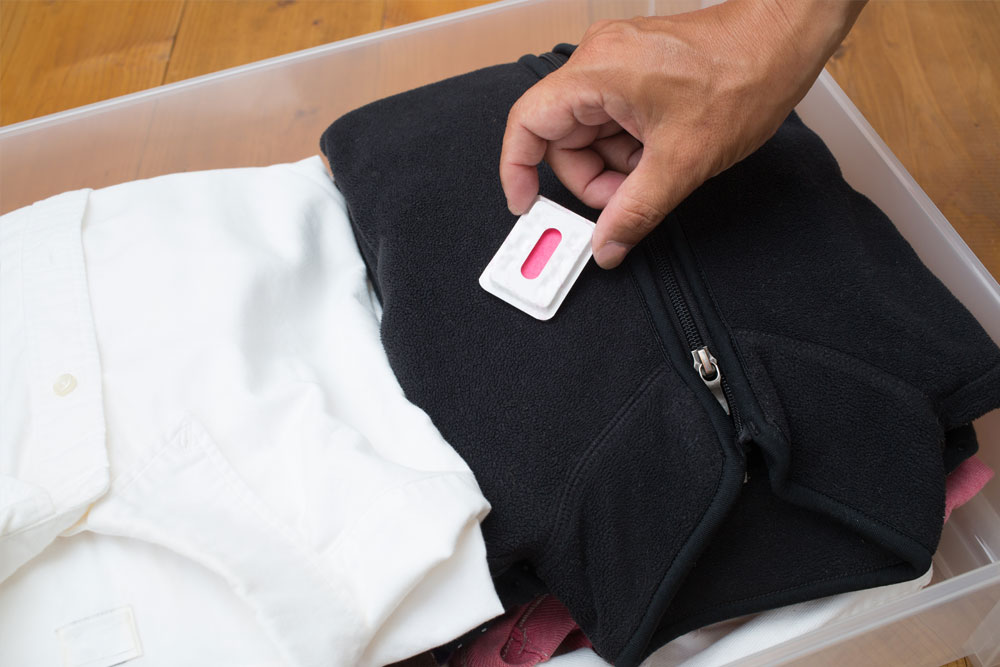
Why Were They Created?
Before getting into how to use mothballs, let's take a moment to appreciate their creation. Before clothes were made from synthetic materials, pretty much all garments were prime candidates for moths and other fabric-eating insects. Something had to be done to repel these pests. As chemicals like naphthalene or paradichlorobenzene proved to be effective in combatting these undesired insects, it was not long before mothballs were developed.
How Are Mothballs Used Nowadays?
As mentioned above, mothballs are not as popular as they once were. However, they continue to be used in many households for the same reason they were developed: as a repellent to get rid of clothes moths, larvae, moth eggs, and any other insect that will damage stored clothes.
Armed with this knowledge, we are now we are ready to learn how to use them.
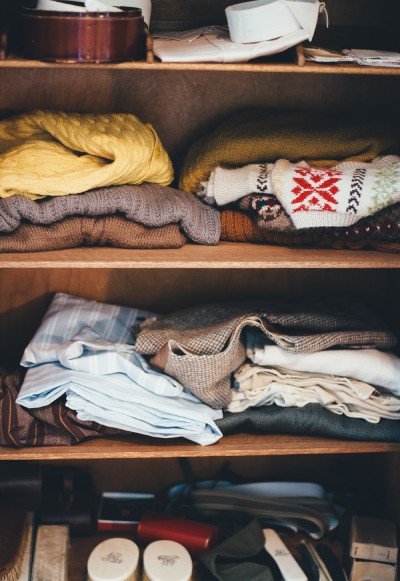
How to Properly Use Mothballs
-
For clothes that you do not plan to wear for a month or more, place them in a closed container like a plastic storage bin or plastic laundry bag (as close to airtight as possible). Doing this keeps the vapors from the mothballs concentrated on the intended items to eradicate insect larvae.
-
There is no need to use mothballs for synthetic items since insects prefer natural fibers.
-
-
Wear rubber gloves when handling mothballs (you’re a lot bigger than insect larvae but poison is poison). Read the package to determine how many of this particular brand of mothball you should use, and place the specified amount among (but not on) your clothes.
-
When you’re ready to wear your stored items again, unpack your clothes in a well-ventilated area. Air your clothes out for a couple of days and then wash them according to the care label.
- Dispose of mothballs carefully, placing them in a sealed garbage bag.

FAQs Around Mothballs
-
How long are mothballs effective?
-
They begin their work as soon as you deploy them and often last for 3-6 months. Check the packaging for exact confirmation on when to replace them.
-
-
Are mothballs safe to use around humans and pets?
-
The chemicals inside mothballs are toxic to both humans and pets. Mothballs should always be handled with care as extended exposure to them can lead to liver or kidney damage, as well as being considered a carcinogen. Seek medical or veterinarian attention immediately should a child or pet ingest a mothball.
-
-
Do mothballs expire?
-
Yes, mothballs come with an expiration date – check the packaging when purchasing them to ensure they'll be effective when you need them.
-
-
Can mothballs damage clothing or fabrics?
-
Where possible, avoid having mothballs in direct contact with your clothes' fabrics as they may cause stains or discoloration. Instead, place them beside your garments.
-
-
Can mothballs be used for other pests?
-
Yes, you can use mothballs as rodent or snake repellent too. Simply seal off the area where you have unwanted visitors and let them work their magic.
-

Keep Your Wardrobe Moth-Free with Rinse
The season is changing and you need to rotate your wardrobe – it is time to unpack the clothes that have been protected by mothballs. As mentioned above, you first need to let them air for a few days before washing.
Great, now your garments are ready for laundry or dry cleaning. Wouldn't it be great if there was a company that could come to your door to pick up your clothes and return them squeaky clean? Meet Rinse. We offer the most convenient laundry, dry cleaning, and hang dry services – you don't have to leave your home!
Not only that, but we are also committed to sustainability, whether it be through our energy-efficient washing machines to our perc-free dry cleaning. You've fended off the moths, now let us tackle stains, remove any residue chemicals, and ensure your clothes look as good as new and are ready to wear.
Contact us at Rinse today to see our skill in action.

Have laundry or dry cleaning to do?
Rinse picks up, cleans and delivers 7 days a week. Amazingly awesome. Ridiculously simple.

This article is your gateway to understanding the world of professional dry cleaning and the exceptional benefits it offers. We will take readers on a journey to explore what dry cleaning entails and why it's a preferred choice for many.
Introduction
We've all heard about dry cleaning at some point, especially when it comes to cleaning a wedding gown or a delicate fabric like wool or silk. While many of us have used dry cleaning services, not many know the benefits of this specialized form of cleaning.
Why not just wash your clothes at home with the good old laundry detergent and washing machine? Because sometimes the dry cleaning process just can't be beaten.
For starters, it's quick and convenient because you don't have to spend hours washing, drying, and ironing your clothes. In addition, dry cleaning can extend the life of your clothes and keep them looking like new for longer. A win-win, isn't it?
Let's take a look at some of the benefits of dry cleaning and why it's worth considering.
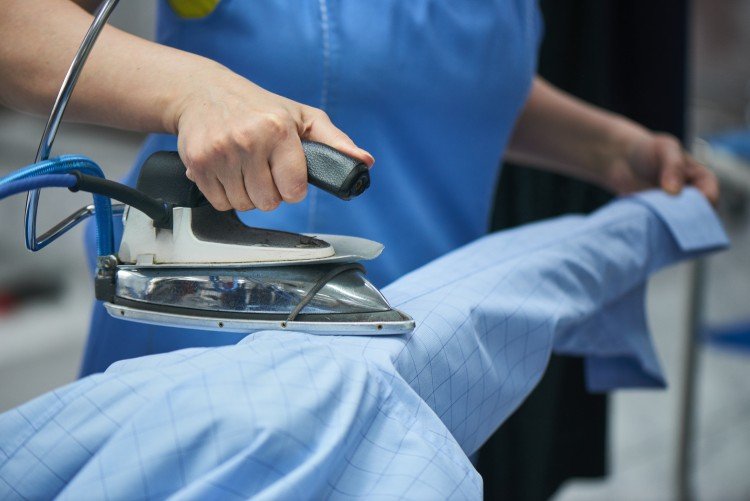
What is Dry Cleaning?
Dry cleaning is an alternative to washing clothes with water and soap. Instead, it uses a chemical solvent to remove dirt and stains from fabrics.
The process involves placing the clothes in a dry cleaning machine that resembles a washing machine and using a solvent like perchloroethylene, commonly known as "perc," to clean the clothes. Dry cleaning machines also have filters to trap any impurities so that they do not come into contact with the clothes.
After ''washing'' your clothes, the dry cleaner steams and presses them for you, too. The following garment types benefit from dry cleaning:
-
Delicate fabrics like silk, taffeta, wool, acetate, and velvet
-
Suede and leather
-
Wedding gowns
-
Formal wear like suits, blazers, and dresses with embellishments like sequins or beads
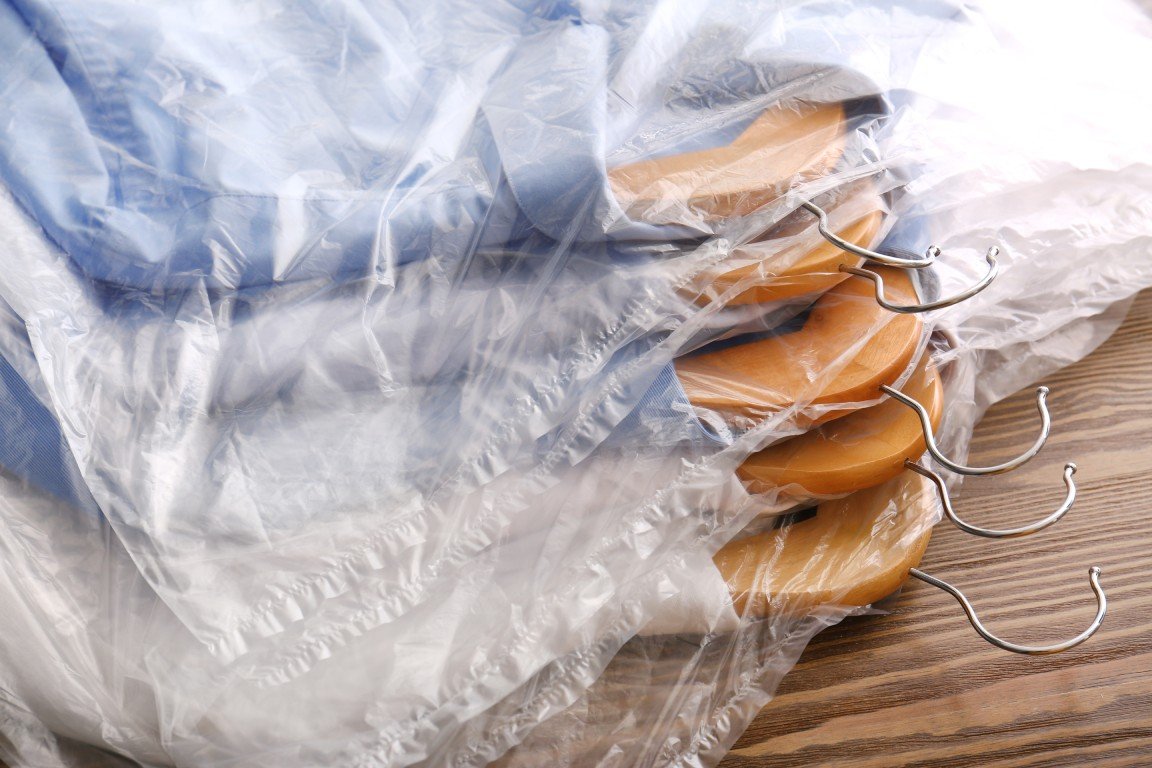
9 Benefits of Professional Dry Cleaning
When should you send clothes to a dry cleaning service? Is regular laundry better for odor and stain removal than dry cleaning? The following list of benefits will help you decide.
Saves Time
Doing laundry is a time-consuming chore. You have to sort, wash, dry, and fold each piece of clothing before putting it away. That's at least a few hours of work.
However, if you send your clothing to the dry cleaner, you save all this time. Instead, you can maybe rest or do something productive during this extra time. Dry cleaning is even more time-saving when you have to clean large items like duvets and curtains.
Prevents Fabric Deterioration
When you put your washing machine on a cycle, it agitates clothes against one another to get them clean. The process can cause friction and wear down the fabric fibers over time. As a result, your favorite dress or suit might start to look old and worn out quickly. Not what you want, is it?
Dry cleaning tends to be gentler on clothes. The cleaning solvent removes stains without damaging the fibers, keeping your clothes looking newer for longer.
Besides the color, dry cleaning also preserves the texture and shape of your clothes. You won't have to worry about your sweaters coming out two sizes bigger. The waterless washing method also prevents distortion and shrinkage.
Allows for Cleaning of Large Clothing Items
Let's say you have to wash an area rug or a comforter – it likely won't fit in your washing machine's drum.
Moreover, washing these items at home can be a hassle as they are heavy, wet, and take a long time to dry. Getting a dry cleaning service on board is the easier option.
Ensures Professional Cleaning
Dry cleaners are experts at what they do. They know the ins and outs of cleaning clothes like no one else and can remove stubborn stains that you might've given up on. You can rest easy knowing the stain will go away the first time – multiple washes will not be required.
Prevents Moth and Insect Damage
When you store away clothes for a long time, it's common to find moth or insect damage when you take them out. Moths and insects are attracted to food stains or body oils left on clothing, especially in dark and humid environments. Your clothes are particularly at risk if you do not wash them before storing them.
Luckily, dry cleaning removes all traces of dirt, stains, and oils that attract moths and insects, fending off insect damage.
Restores Clothes
Dry cleaners are usually full-service cleaners. They will provide various services, including minor repairs or restorations.
If you have an old suit with a missing button or a ripped seam, the dry cleaner can fix it for you.
Removes Stubborn Stains
Some stains are just a nightmare to get rid of. Whether it's grease, red wine, mushed fruit, makeup, or ink, dry cleaning can tackle them all.
Dry cleaners use specific solvents to target and remove stubborn stains without damaging the fabric. For instance, tetrachlorethylene is an excellent solvent for removing dirt and grease. You don't have that lying around your house, do you?
Dry cleaning can be particularly helpful in cleaning clothes or restoring garments that you don't want to part with. It could be a hand-me-down coat or a gift from a special someone you don't want to throw away.
Saves the Hassle of Ironing and Drying
Different fabrics require different drying techniques to avoid having them shrink or wrinkle. Similarly, you must adapt your ironing technique, especially if the garment is delicate.
When you send your clothes for dry cleaning, you don't have to worry about all this. They'll come back perfectly pressed and ready to wear.
Saves Money
It might come as a surprise, but dry cleaning can save you money in the long run. When you care for your clothes with regular dry cleaning, you can extend their lifespan and reduce the need for frequent replacements. You'll be spending less on new clothes, ultimately saving money in the long term.

Transform Your Dry Cleaning Experience with Rinse
When it comes to getting the most out of dry cleaning, it's imperative to choose a professional and reliable service that guarantees quality and convenience. Rinse fits the bill.
At Rinse, we use a perc-free dry cleaning process that's gentle on clothes and the environment. Our professional ''spotters'' can identify and treat any and every kind of stain, ensuring your garments come back looking as good as new.
We don't only dry clean your clothes. Next, we also press and hang every item, keeping it in a protective garment bag for delivery. Long story short, by the time we're done with your garments, they'll be ready to wear right out of the bag. Did we mention we pick up and deliver to your doorstep?
We have even more good news: we also offer wash & fold and hang dry services – we can handle all your clothes.
Contact us at Rinse today to see our skill in action.
Topics
Rinse Drop
We offer pickup and delivery if you can’t be present between 8pm and 10pm.
Our Valet will pick up or deliver your order to your doorstep or concierge, at which point you’ll receive a text with a photo showing where your items were left.
You can enable Rinse Drop on any (or all) of your orders.


